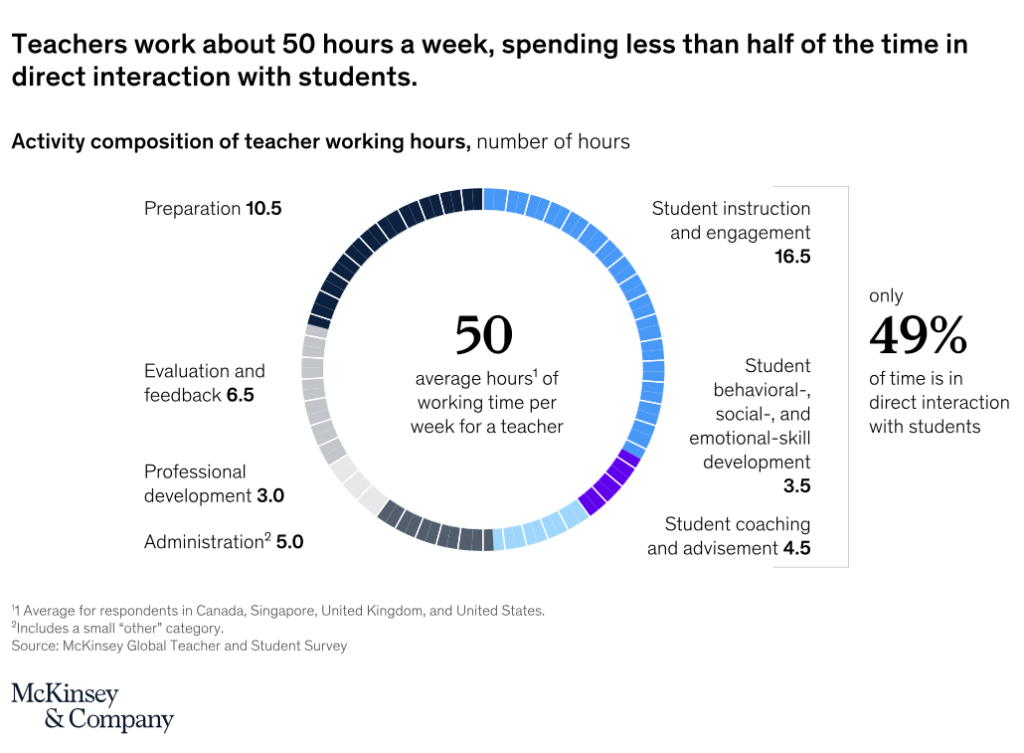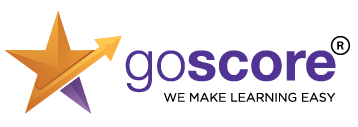Change is an inevitable factor, but the wave of innovation that AI has brought into the education sector is among the most prominent ones. The acceleration in the digital sector can open up many different possibilities in the industry, and it naturally revamps the way one learns and also creates a completely different ideology from the teaching perspective as well. When people are more focused on how AI might affect the education sector, it will be perfect to learn more about the various options for how AI can enrich the education sector while also equipping the next generation in the best possible way.
Artificial Intelligence and Education: The combination may not be a bad thing!
From an Educator’s Perspective
Any new change or transformation is always seen as a threat to the existing scenario, but it need not always be the same. While it is true that newly emerging technologies can lead to taking over multiple job profiles, it can also help overcome the need to do mundane tasks. When it comes to the education sector, teachers are usually entrusted with administrative jobs, and these jobs can be easily assigned to AI tools, which relieves teachers of this additional work.
This is just one way Artificial Intelligence can be put to use, and as the system advances, it becomes the need of the hour for both teachers, students, parents, and other stakeholders in the education sector to come together and engage to make maximum use of how emerging technology transpires.
Pioneers in the industry have studied this upcoming change and concluded that as students’ choices for mainstream education shift away from general educators, it provides educators with a much broader opportunity to research and come up with innovative ideas to streamline each subject area and help students to be more aligned to the needs of the current world.
This survey, conducted by McKinsey & Company, gives a much deeper view of how teachers around the world use their time.
This chart shows that with all the requirements expected of traditional education, teachers hardly get 49% of the entire time scheduled for them to be in direct interaction with the students. It directly points to the fact that teachers are spending less time in the process of building a student, and the said time is redirected towards administrative work.

An Example of how teachers can use ChatGPT to their best advantage:
Teaching as a profession becomes more fulfilling and closer to achieving its objectives with the help of AI. But given the benefits, it also becomes necessary for educators to not completely depend on AI and draw a fine line between giving AI the chance to completely take over and creating monotonous lesson plans and learning materials.
Let us now look at how beneficial the influence of emerging technology in education is from the perspective of students:
Artificial Intelligence has not been a sudden change; it has been evolving and still finding different ways to nurture and adapt itself to the new age. The combination of artificial intelligence and machine learning can help overcome many current problems faced by students, and here are a few of them:
1. Personalised Attention: Personalised attention is one such element that is slowly decreasing in the face of academics. The global population growth makes it difficult to create smaller batches of students in schools, and thus the possibility of individual attention is diminished.
Here’s an example from China that rightfully shows the primary steps of helping teachers get a much more direct understanding of the learning capability of each student. The format is still in the initial stages but poses a high probability of changing into a milestone success:
2.Revamped learning methods: Long gone are the days when students were entrusted with bundles of textbooks for their learning process. Schools are now agreeing to adapt to more exclusive methods like smart TVs and other digital enhancements.
Stanford Research International has been evolving a prototype app called “Inquire”, that can be easily downloaded on digital devices. This is going to be a game changer and can replace textbooks in the best way possible.
Revolutionizing the way students learn is a great way of helping them become more adept at changing scenarios.
Here’s a small insight into how these textbooks tend to work:
3.Universal Access to Education:Education for all children is still a work in progress that has not reached its end destination. As AI is brought into the picture, this becomes an easy feat to achieve. Artificial Intelligence helps bring in that inclusivity globally among students of different languages or even with disabilities.
The global giant, Microsoft, has evolved a system called Presentation Translator, which helps in instantaneously generating subtitles for live presentations according to the user’s language, provided they have the translator app on their device.
4.Improved Assessment: Traditional learning methods practiced in schools assess children based on pre-structured examinations and such assessments that are uniform to every other student. It is not quite the right way, as AI has dished out an entirely new structure to help students learn better.
Duolingo, a language-based application, structures and organises its assessment system to match each individual learner. The app was created with the best of Artificial Intelligence and machine learning. The app initially gives its users some standard questions, and based on those, the difficulty level of the further questions is determined. This makes it easier to analyse and understand the capabilities of each young learner. Duolingo has been able to render this methodology of assessment for different learning centres, schools, and even governmental institutions to assess the language test scoring.
These are some of the few iconic changes that artificial intelligence has brought to the education sector. GoScore Learning, being the flag-bearer of new learning and teaching methodologies, has been constantly striving to adapt to the best avenues that AI is providing. AI cannot be relied on completely, but it can be used as an assistive element, which will be a turning point for the education sector and its stakeholders.


